Seattle is one of the top 10 most bicycle-friendly cities in America. With miles of protected bike lanes, greenways, and trails like the Burke-Gilman Trail and the new Totem Lake Connector pedestrian and bike bridge, exploring Seattle on two wheels is easier than ever.
Before you hit the road, make sure you have a good understanding of Seattle’s bicycle infrastructure and overall safety. And if you’ve been hurt in a crash, reach out to an experienced bicycle accident lawyer for assistance.
Seattle Bicycle Accident Statistics
Over the past 5 years, Seattle has experienced a 15% increase in fatal bicycle accidents. There were 2.8 fatal bike crashes per million residents between 2017 and 2021. Many cities have experienced a surge in bicyclist deaths thanks to a rapid increase in bicycle use since the COVID-19 pandemic.
While the fatal bicycle crash rate in Seattle is slightly above the U.S. average, the city ranks 36th among major U.S. cities. Miami, New Orleans, and Jacksonville, Florida, have fatal crash rates of 7.7 to 9.9 fatal crashers per million.
The Seattle Department of Transportation (SDOT) tracks bicycle volume in the city with 5 permanent bike counters, 43 multiday short counts, and spot counts at 50 intersections. Bike volume for 2021 was 715,630, with a daily average of 1,961 cyclists.
Bicycle Injuries and Fatalities in Seattle
In 2021, there were 212 bicycle accidents in Seattle, up from 177 in 2020. This included 158 accidents with possible injury, 15 accidents with serious injury, and 4 fatal bike accidents. By comparison, there was 1 fatal accident in 2020, 17 serious injury accidents, and 139 crashes with possible injury.
Where Do Bike Accidents Happen in Seattle, WA?
SoDo is Seattle’s main industrial district and a common site for serious and fatal pedestrian and bicycle accidents. The area is a major freight corridor with few safety improvements for non-vehicle traffic. The area has high speed limits, wide streets, very long blocks, and large vehicle traffic with very few protected bike lanes or crossings.
In 2021, bicycle fatalities occurred at the following locations:
- Corson Ave S & S Michigan St (Georgetown neighborhood in south Seattle)
- S Cloverdale Pl & Wabash Ave S (Dunlap neighborhood in south Seattle)
- Seward Park Ave S between Oakhurst S Rd S & Wilson N Ave S (Seward Park neighborhood in southeast Seattle)
Seward Park is one of Seattle’s most popular cycling routes. Lake Washington Boulevard hosts Bicycle Weekends, a feature of the arterial street for more than 50 years.
Common Causes of Bicycle Accidents in Seattle, WA
According to SDOT, the following were the most common contributing factors in bicycle accidents in 2021:
- Did not grant vehicle the right of way – 13 accidents
- Did not grant cyclist the right of way – 2 accidents
- Disregarded traffic signal or sign – 10 accidents
- Unsafe speed – 4 accidents
- On wrong side of road – 5 accidents
- Unknown driver distraction – 11 accidents, including one fatality
The highest number of accidents (31) occurred at 12 am. The overall peak time for bicycle crashes was 11 am to 6 pm.
Overview of Seattle Bicycle Infrastructure
The Seattle Bicycle Master Plan (BMP) is a vision for an even more bike-friendly city with programs and projects to complete from 2014 to 2033. The BMP includes a bicycle infrastructure plan for 100 miles of protected bike lanes and 250 miles of neighborhood greenways.
Two phases of the Bicycle and Pedestrian Safety Analysis (BPSA) have been completed to identify user behaviors and roadway designs that contribute to collisions. This study has been used with the BMP to prioritize bicycle infrastructure projects.
Seattle has also launched a Vision Zero program, a long-term initiative to eliminate traffic deaths and injuries. One of the priorities was reducing speed limits on arterial streets to protect pedestrians and cyclists. As of 2020, over 75% of arterial streets in Seattle now have a speed limit of 25 mph.
The detailed BMP includes a list of completed and upcoming projects with details about connections to mass transit and existing bicycle facilities.
While walking, cycling, or driving around Seattle, you can’t miss the green bike boxes. These green spaces are painted just before an intersection to allow cyclists to cross ahead of traffic and make sure bicycles are more visible to drivers. Some intersections have two-stage left turn boxes, giving cyclists a safe way to use multi-lane signaled intersections. Green pavement is an indicator of areas where cars and bicycles can cross paths.
There are also several bike share companies operating in Seattle, including Lime, Bird, and Veo. The Outdoors for All Adaptive Cycling Center in Magnuson Park offers free bicycles, tandems, and tricycles for rent. It’s funded by bike share permits and SDOT.
The City of Seattle has a guide to getting around the city by bike, including a bike web map of bicycle facilities and amenities.
Stay Safe on Your Bicycle in Seattle, Washington
While Seattle is one of the country’s most bike-friendly cities with an ever-growing network of bike paths and routes, accidents still happen. If you’re going to cycle in Seattle, make sure you wear a helmet, know how to use the green boxes, and pay extra attention in high-traffic areas.




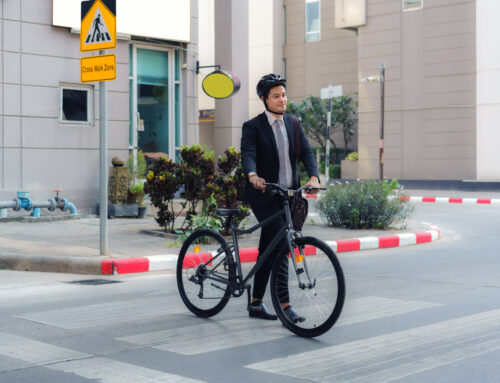



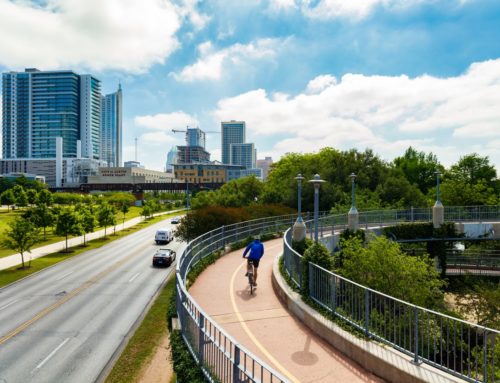


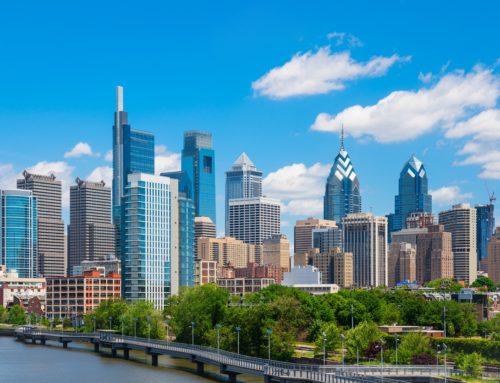




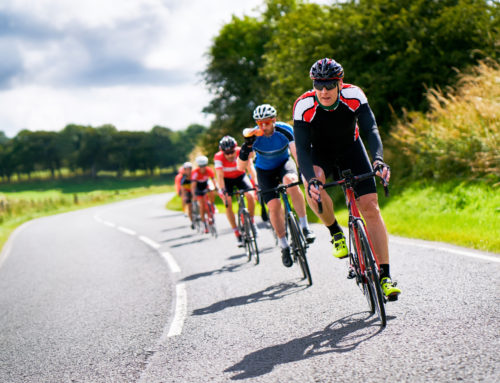
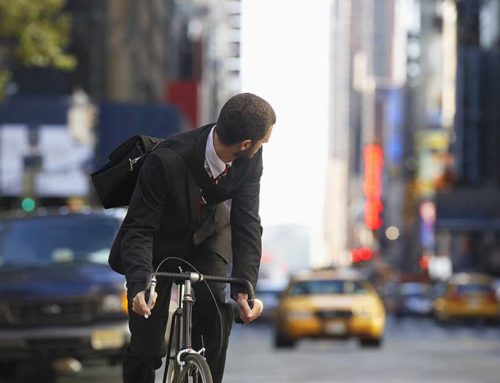
Leave A Comment